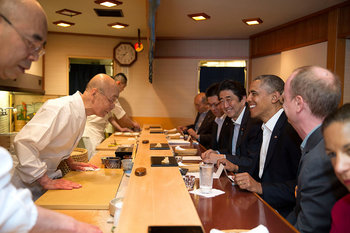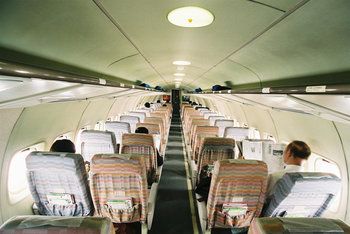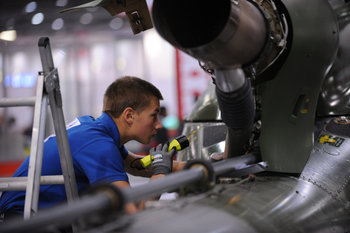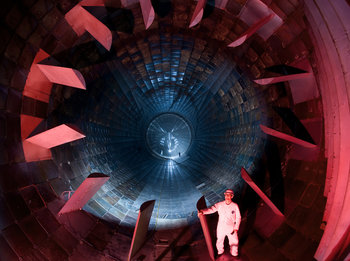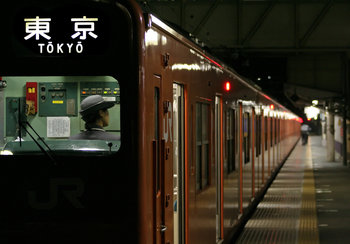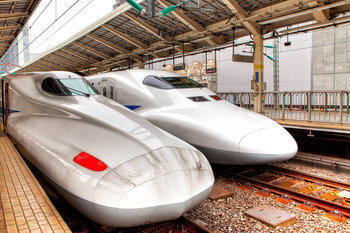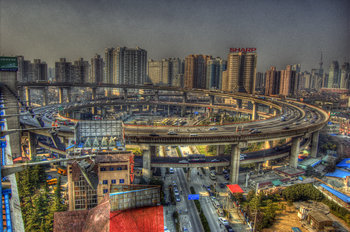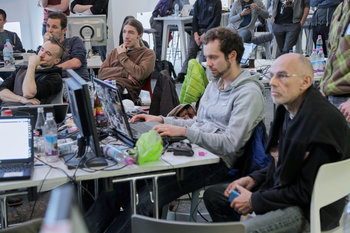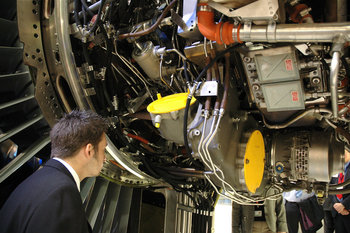
Razor & Blades
Razor & blades is a business model whereby a product is sold cheaply because it requires regular parts or supplies to continue to work. For example, a printer may be sold cheaply because it requires regular supplies of ink to continue to function. This model becomes less profitable if parts or supplies last too long.Technology
Technology is often updated automatically on a regular basis. As such, it is possible for firms to purposely slow devices down or begin to limit functionality in order to encourage users to upgrade to a new version.Fashion
The fashion industry is based on a model of promoting a style, material, color or format for a season. What is trendy this season becomes hopelessly unfashionable the next. This is done to improve sales.Regulations
In some cases, an industry may seek regulations that encourage customers to upgrade on a regular basis. For example, regular mandatory vehicle inspections tend to encourage customers to purchase a new car as opposed to facing expensive repairs every few years.| Overview: Planned Obsolescence | ||
Type | ||
Definition | The implementation of artificial limits on the life of a product. | |
Related Concepts | ||


